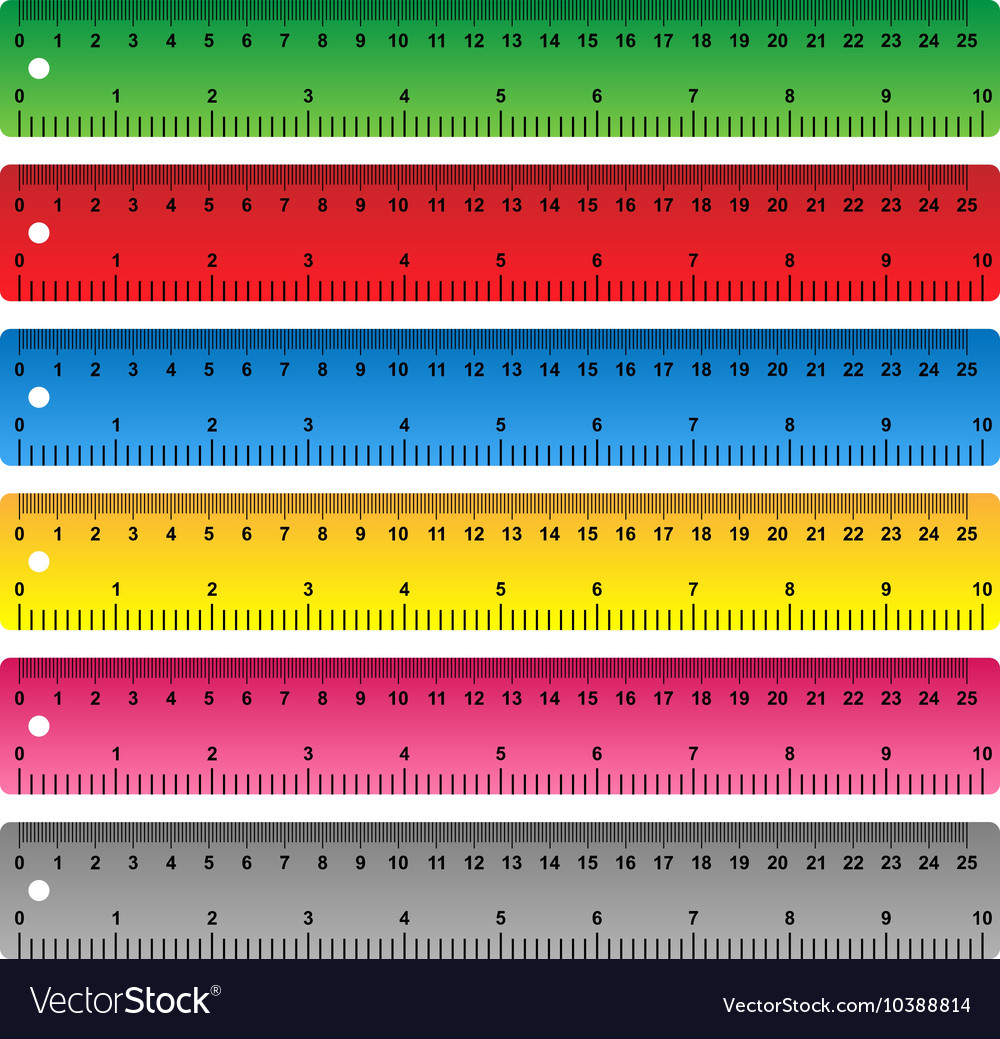
If you're measuring weeks, you should choose a period that is exactly 168 hours long. This way you ensure that going from the left side of 0 to the left side of 2 is equal to the distance from left-0 to left-1 plus from left-1 to left-2 (or the same from the right face of each line, or from the center of each line): 0 1 2 3 4

The only way to get 2 mm to be twice 1 mm is to not think in terms of inner/outer faces but in terms of consistency: define if you're going to use the left face, right face or center of the lines and use that for everything. Inversely, if you measure from inner face to inner face, 2 mm will be more than twice 1 mm, since 1 mm will only be the distance between two lines ( $d$) while 2 will be two distances between lines plus the width of a line ( $2d + w$).
#RULER WITH MM FULL#
After all, your measurement of 1 mm spans the distance between the lines plus the full width of two lines ( $d + 2w$), while 2 mm spans two distances between lines plus the width of only three lines ( $2d + 3w$). If you were to measure from outer face to outer face, 2 mm would be less than twice 1 mm. It's worth remembering the obvious assertion that 2 mm has to be twice as long as 1 mm. The answer is that both are wrong: what's important is consistency. from outer face to outer face) or as 0 1 2 3 4


is just representing the left-most and right-most face of each of those lines 0 1 2 3 4Īs I understand it, you're asking whether you should measure 1 mm as: 0 1 2 3 4 For this answer, I'll be using this terrible excuse of a ruler, where ┃ is the lines indicating each millimeter and the.


 0 kommentar(er)
0 kommentar(er)
